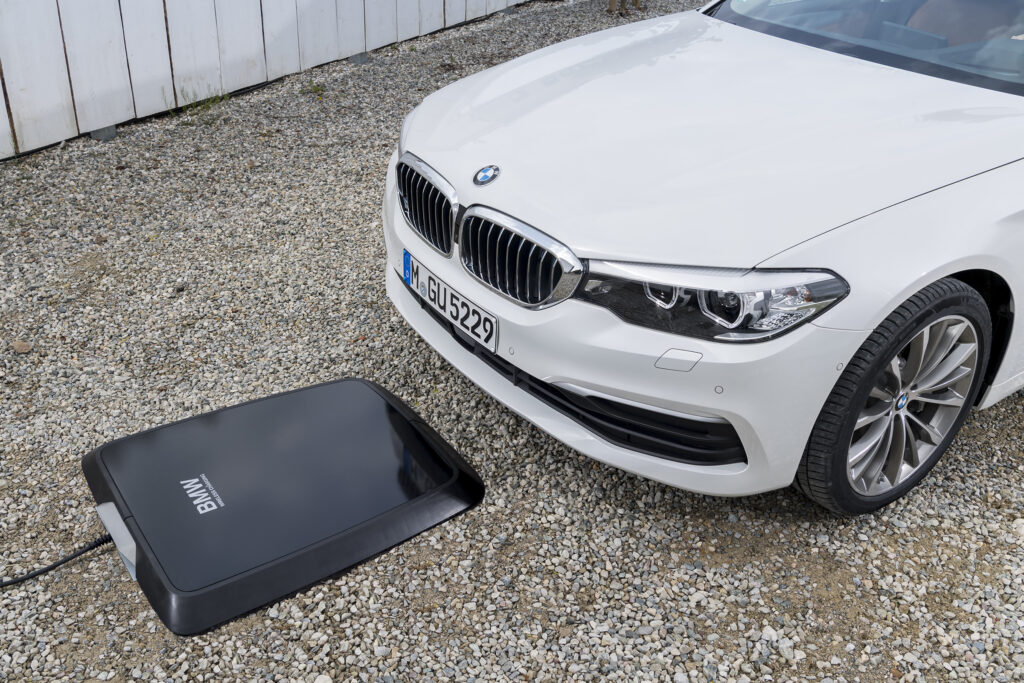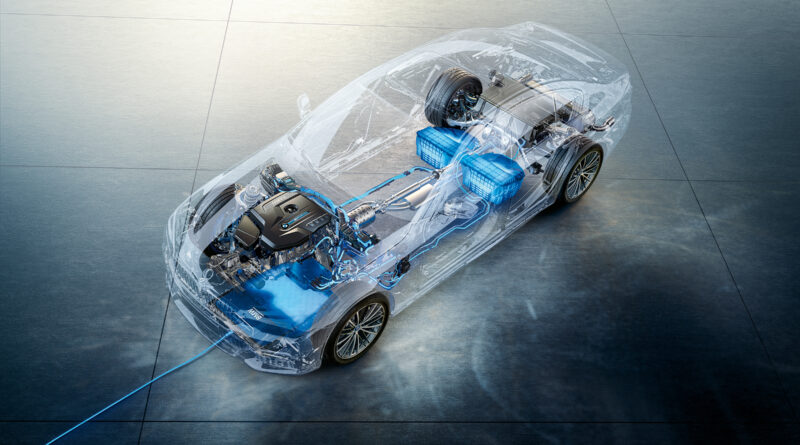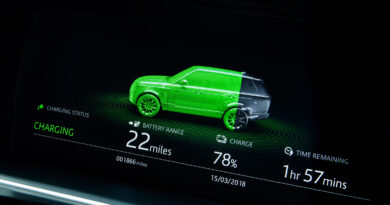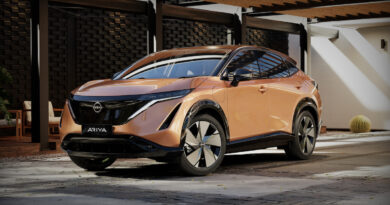Can I charge my EV wirelessly?
All EVs and PHEVs currently sold in Australia require a cable connection for charging.
But wireless charging, also widely known as inductive charging to highlight the difference from conductive charging with a cable, is coming. Wireless vehicle charging is already available in some overseas markets.
Inductive charging for cars is basically a scaled-up version of the wireless charging technology familiar to users of many recent smartphones.
The powered pad for wireless vehicle charging is designed for installation in a garage or parking space. Another pad, to receive power, is mounted on the underside of the EV or PHEV. When it’s parked above the power pad, electricity flows across the gap between the two and recharges the vehicle’s battery pack.
BMW was the first manufacturer to offer a wireless charging option for its PHEVs, although it has never been sold in Australia.

Other car makers, including Audi, Mercedes-Benz and Volkswagen Group, are also working on inductive charging. Big automotive component suppliers like Bosch and Continental are developing off-the-shelf inductive charging systems for sale to the car industry. And smaller companies, like Plugless in the USA, are already offering aftermarket inductive charging retrofit kits. So there’s a lot of action in the area of wireless charging…
There are even trials underway where inductive charging power pads are built into the road surface, allowing, for example, taxis to charge while waiting at a rank.
The appeal of not having to wrangle bulky cables to top up an EV is obvious, both to car makers and infrastructure suppliers. It’s an especially attractive technology for PHEVs, with their smaller battery packs and consequent need for more frequent charging.
Wireless charging also blends nicely with self-driving (or autonomous) cars, even if the idea of fully driverless cars is many years away (or more).
Inductive charging works by feeding AC electricity to copper coils in the charging mat. These create a powerful electromagnetic field. Another pad with copper coils on the underside of an EV or PHEV can pick up the energy, even though the two coils aren’t touching.
Because the power coil induces a current to flow in the adjacent coil, the process is called induction. The principle was discovered way back in the 1830s by brilliant British scientist Michael Faraday.

There are disadvantages and limitations with inductive charging…
It is less efficient than plugging in, as some energy is lost in the jump through space from pad to vehicle.
The car must also be positioned precisely over the charging pad to ensure correct alignment with the vehicle’s receiver coils. Fail to do this and the juice won’t flow.
And induction charging tends to be lower-powered than plugging in. Very fast DC chargers now are able to supply up to 350kW, but most EV and PHEV induction charging is in the 3kW to 22kW range, rates similar to a normal wallbox. However, trials have shown 120kW outputs – and higher – can work for induction charging.
While the cable-charging era isn’t going to end any time soon, wireless charging certainly has a future…




